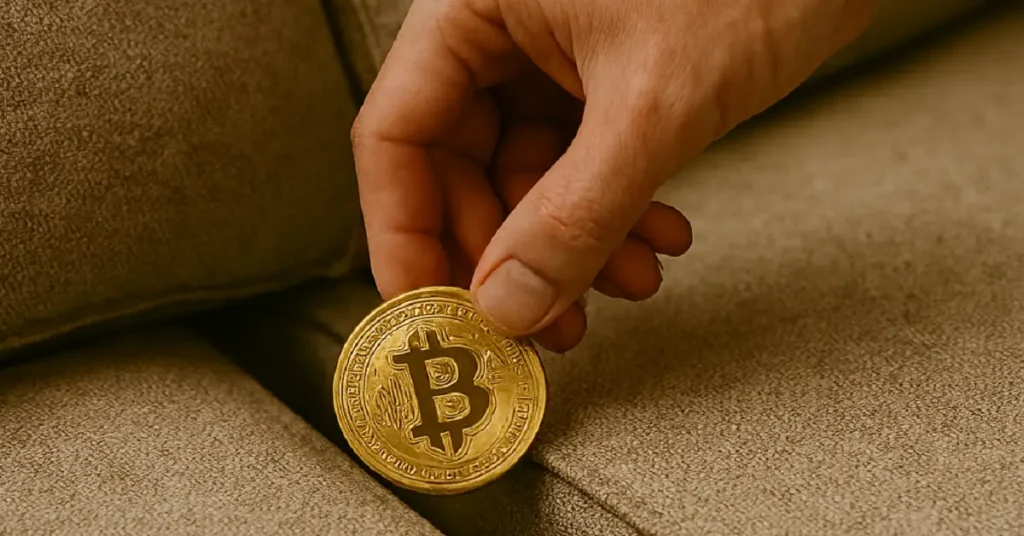Is Quantum Technology Close to Recover Dead Bitcoins? Quantum computing headlines keep flashing across crypto Twitter.
But one question keeps popping up at every late-night Spaces: “Could tomorrow’s super-machines actually dig up the 3.7 million BTC locked behind lost keys?”
Below is a no-nonsense walk-through of what quantum-bitcoin recovery could look like, how close the hardware is in March 2025, and what every holder can do—today—to stay ahead of both risk and opportunity.
How Would a Quantum Computer “Crack” a Bitcoin Wallet?
The ECDSA Weak Spot
Bitcoin’s current wallets rely on the Elliptic Curve Digital Signature Algorithm (ECDSA).
Security rests on the idea that turning a public key back into its private key is brutally hard for normal computers.
Shor’s Algorithm—first sketched in 1994—changes the math entirely; a sufficiently powerful quantum computer could, in theory, derive the private key from any exposed public key in minutes rather than billions of years.
Security rests on the idea that turning a public key back into its private key is brutally hard for normal computers.
Shor’s Algorithm—first sketched in 1994—changes the math entirely; a sufficiently powerful quantum computer could, in theory, derive the private key from any exposed public key in minutes rather than billions of years.
Which Wallets Are Sitting Ducks?
-
P2PK (Pay-to-Public-Key) addresses from 2009–2012 reveal the full public key every time coins move.
-
Re-used P2PKH addresses (old-style 1… addresses) leak the key after the first outgoing transaction.
-
SegWit and Taproot hide the key behind extra hashing, buying more runway.
Practical tip:
Check any long-term cold storage at bitcoinkeys.me or similar tools—if the address starts with “1” and has ever sent coins, mark it as medium-risk.
Check any long-term cold storage at bitcoinkeys.me or similar tools—if the address starts with “1” and has ever sent coins, mark it as medium-risk.
How Close Is the Hardware in March 2025?
Benchmarks You Can Quote
| Machine | Logical Qubits Needed for ECDSA | Current Status (Spring 2025) |
|---|---|---|
| IBM Condor | ~4,000 | 1,386 physical qubits, error rate 0.1 % |
| Google Willow | ~3,200 | 1,024 physical qubits, 0.05 % error |
| Atom Computing Phoenix | ~2,800 | 1,180 neutral-atom qubits |
Translation:
Roughly a 5–7× scale-up plus a 10× drop in error rate are still required. Most academic timelines still put a break-ECDSA device in the 2033–2038 window.
Roughly a 5–7× scale-up plus a 10× drop in error rate are still required. Most academic timelines still put a break-ECDSA device in the 2033–2038 window.
What Would Recovery Actually Look Like?
The “Satoshi Wallet” Scenario
Imagine a lab finally breaks a 2010 P2PK address holding 50 BTC.
Three knock-on effects follow:
Three knock-on effects follow:
-
Supply Shock – 3.7 M lost coins suddenly become liquid; that’s 18 % of max supply.
-
Ethics Storm – Are recovered coins “fair game” or stolen property?
-
Network Upgrade Rush – Core devs would fork to quantum-resistant signatures (e.g., Falcon-512) within weeks.
Practical tip:
If you run a business that touches on-chain funds, draft a “quantum incident playbook” now—decide in advance how to handle a surprise Satoshi spend.
If you run a business that touches on-chain funds, draft a “quantum incident playbook” now—decide in advance how to handle a surprise Satoshi spend.
How to Bullet-Proof Holdings Before the Threat Arrives
| Risk Level | Action | Tool |
|---|---|---|
| Medium | Migrate any 1… address to Taproot (bc1p…) | Electrum 4.6+ |
| Low | Generate fresh addresses for every receive | Samourai, Sparrow |
| Future-proof | Test hash-based backups of seed phrases | SeedQR + laser-etched steel |
Bonus checklist:
-
Disable “show public key” features in wallet explorers.
-
Rotate change addresses after every spend.
-
Bookmark the QRAMP (Quantum-Resistant Asset Mapping Protocol) GitHub repo—early code drops expected Q4 2025.
Bottom Line—Opportunity or Chaos?
-
Short-term (2025–2027): Quantum risk is still theoretical, but wallet hygiene costs nothing.
-
Mid-term (2028–2032): Expect volatility spikes every time IBM or Google publishes a new qubit roadmap.
-
Long-term: Either lost coins become the ultimate treasure hunt, or the network hard-forks them into oblivion. No middle ground.
🤔 Would you cheer for lost-coin recovery or fear the supply dilution? Drop “Treasure” or “Dilution” in the comments—curious where the crowd lands.
🔗 Starter Toolkit
Stay sharp—the quantum clock is ticking, but the quantum-bitcoin recovery marathon has only just begun.

